
David Espindola - Editor and Curator
What Workers Really Want: The Hidden Truth About Human-AI Collaboration
Dear Nexus Readers,
This is a special edition of Nexus released ahead of schedule. This edition is exceptionally insightful and important. The research uncovered is so riveting, I had to get it to you as soon as possible.
What do workers really want from artificial intelligence?
As AI reshapes the landscape of work at unprecedented speed, this fundamental question has sparked intense debate across Silicon Valley, corporate boardrooms, and factory floors alike. In this issue of Nexus, we dive deep into Stanford University's groundbreaking research that reveals the surprising—and sometimes contradictory—expectations workers have for their AI collaborators.
The findings will challenge everything you think you know about human-AI partnership.
The AGI Race: Miracles, Anti-Intelligence, and Human Obsolescence
We stand at an extraordinary inflection point. Current AI models are exhibiting what some experts controversially call "anti-intelligence"—sophisticated pattern matching that lacks the continuity and reasoning that define human thought. Yet Microsoft's AI pioneers claim we're just a few "miracles" away from achieving human-level intelligence.
Popular Mechanics reveals how a revolutionary new dimension in AI models could be the breakthrough that finally unlocks Artificial General Intelligence. Meanwhile, Psychology Today argues that true AGI lies not in scaling current approaches, but in bridging the gap between machine pattern processing and human-like reasoning.
But here's the provocative question that's keeping AI researchers awake at night: Is human cognition even necessary for higher intelligence?
Beyond Human Thought
Futurist John Nosta presents a startling thesis: cognition itself may be merely a transient phase in intelligence development. His research suggests AI systems are already demonstrating intelligence without the internal narratives, memory processes, or conscious thought that we consider fundamental to human thinking.
If true, this means we may be approaching a form of intelligence that transcends rather than replicates human cognitive processes—a development that could render our entire framework for understanding intelligence obsolete.
The Cognitive Preservation Imperative
Yet as we race toward this uncertain future, AI expert Ethan Mollick issues a crucial warning: the unthoughtful application of AI threatens to atrophy our own cognitive abilities. We risk creating a dependency that weakens the very mental faculties that have driven human progress for millennia.
The solution? Cultivating deeper self-awareness of our emotions and their role in creative processes—potentially our last remaining advantage over machines in the creative realm.
The Soul in the Machine Age
We are living through the most fascinating and consequential period in human history. Machines may soon reach—and surpass—our level of intelligence. Industries will be transformed. Millions of jobs will be redefined. The very nature of human work and purpose will be questioned.
But here's what I believe machines cannot replicate: the soulful essence of human nature.
While AI masters pattern recognition and optimization, we possess something deeper—consciousness, meaning-making, spiritual intelligence, and the ineffable quality that makes us irreplaceably human.
At Nexus, we explore these profound questions not with fear, but with curiosity and optimism. Because understanding the future of intelligence—both artificial and human—is the key to thriving in tomorrow's world.
Join us as we navigate these extraordinary times together.
David Espindola, Nexus Editor and Curator in Chief
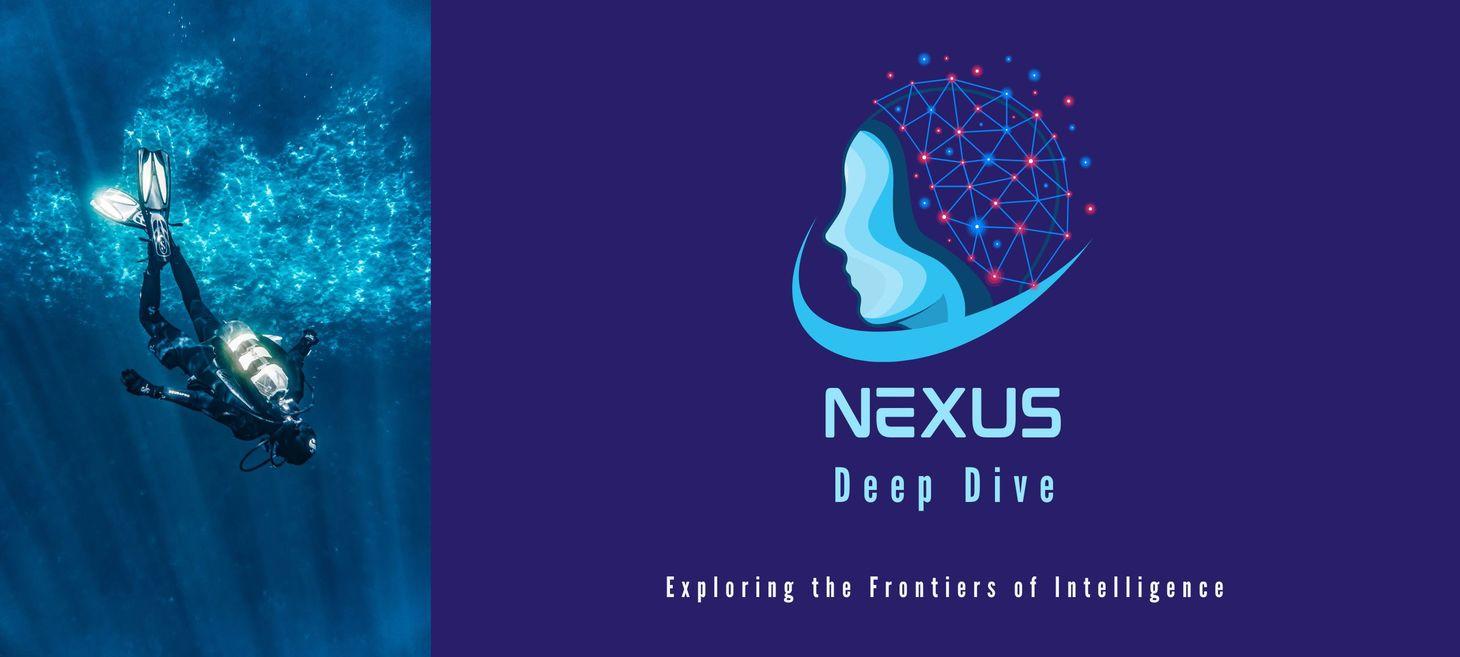
Nexus Deep Dive - Episode 13
If you prefer to consume the content of this publication in audio, head over to Nexus Deep Dive and enjoy the fun and engaging podcast-style discussion.
Nexus Deep Dive is an AI-generated conversation in podcast style where the hosts talk about the content of each issue of Nexus.
Artificial Intelligence
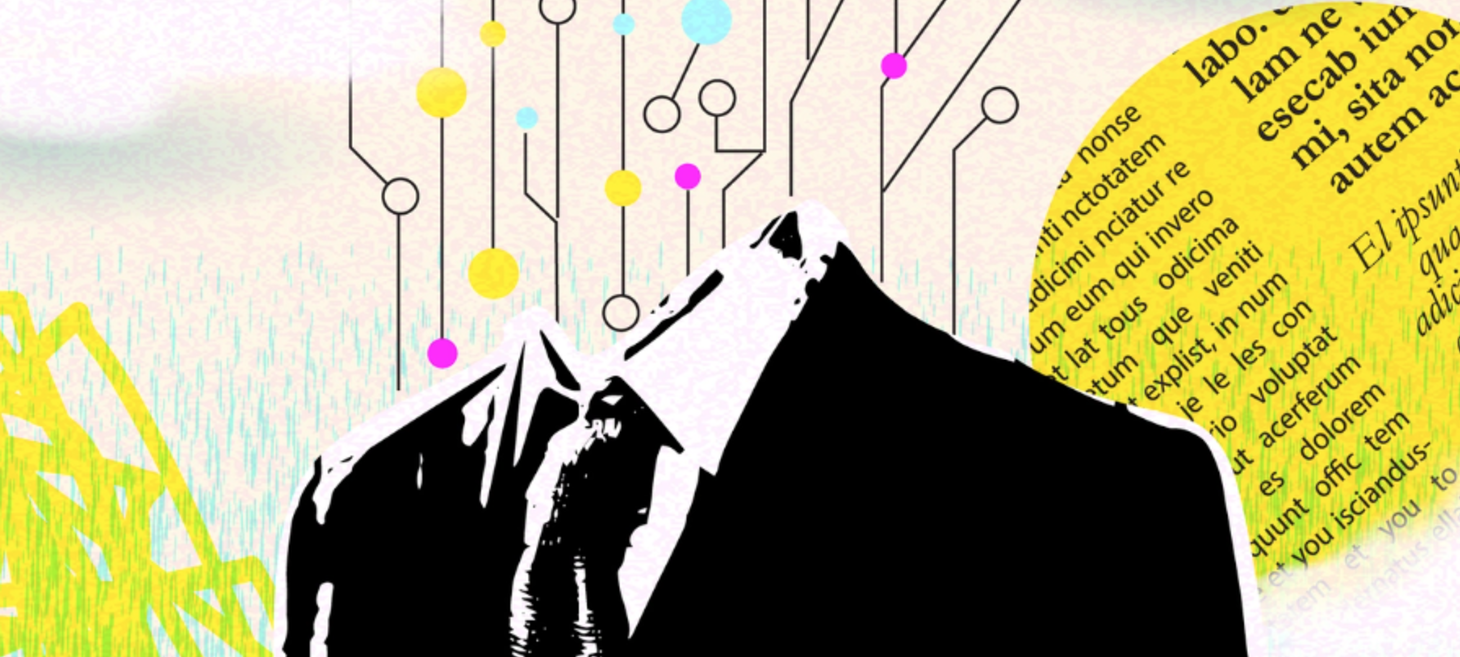
What Workers Really Want from Artificial Intelligence
This Stanford University article, published on July 7, 2025, summarizes a study conducted by the Stanford Institute for Human-Centered AI and the Digital Economy Lab that explored the relationship between workers' desires for AI and AI's current capabilities. The researchers surveyed 1,500 workers across various occupations to understand their preferences for AI integration, revealing a strong preference for AI to automate repetitive tasks while allowing workers to retain oversight. Conversely, they interviewed 52 AI experts to assess the technology's current capacity. The study concluded that there's a significant mismatch between what workers want and what current AI can effectively do, suggesting that future AI development should focus on tasks workers desire but AI currently struggles with. It also forecasts a shift in valuable job skills, emphasizing interpersonal abilities over data analysis as AI takes on more information processing.
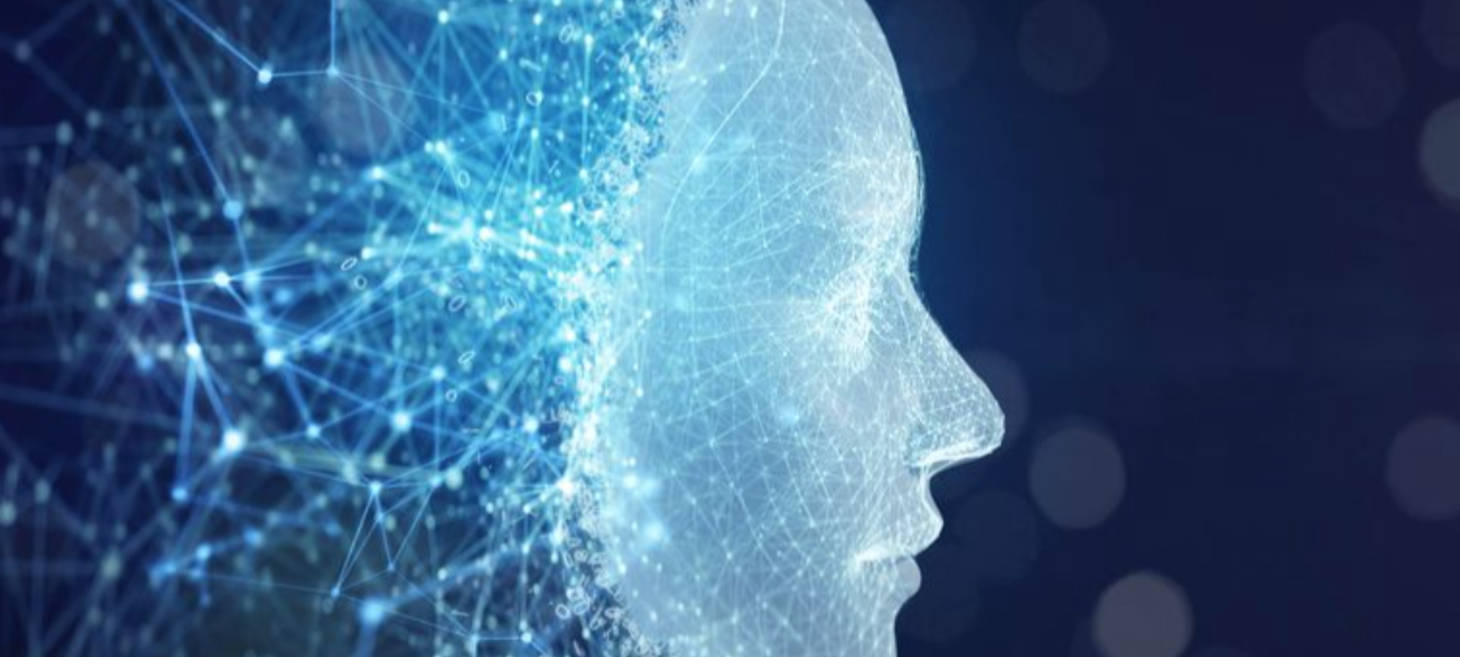
AI Is Breaking Into a Higher Dimension—Literally—to Mimic the Human Brain and Achieve True Intelligence
This article discusses a new approach to Artificial Intelligence (AI) design that aims to mimic the human brain more closely to achieve Artificial General Intelligence (AGI). Current AI models, based on artificial neural networks operating in two dimensions (width and depth), have reached a limitation in their ability to achieve human-like cognition. Researchers propose adding a "height" dimension to AI architecture through intra-layer links and feedback loops, which are analogous to lateral connections and recurrent signaling in the human brain. This enhanced complexity is believed to foster more refined decision-making, improved memory, and intuitive understanding, potentially leading to AI systems that can relate, reflect, and refine outputs similar to human thought processes. This brain-inspired design could not only advance AI capabilities beyond current transformer architectures but also offer insights into the mysteries of human cognition and neurological disorders.
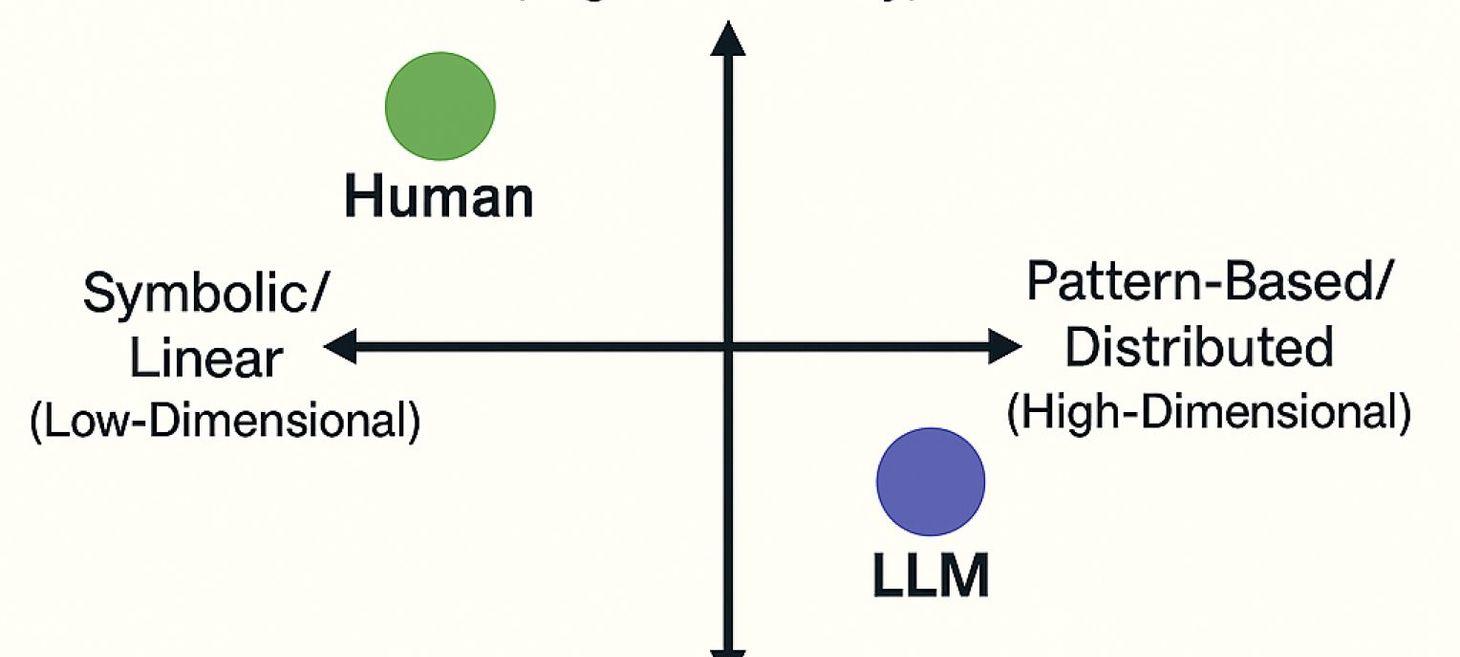
Beyond Anti-Intelligence: Where AGI Might Live
The source from Psychology Today explores the concept of Artificial General Intelligence (AGI) by proposing a cognitive map with four distinct quadrants of intelligence. It differentiates human cognition, characterized by symbolic reasoning and a continuous sense of self, from Large Language Models (LLMs), which exhibit "anti-intelligence" due to their stateless, pattern-based mimicry of thought. The article introduces pre-intelligence as simple, functional logic and, most significantly, defines AGI as an integrated synthesis of scalable pattern processing and human-like continuity and reasoning. The author argues that achieving true AGI requires a structural shift, not merely scaling up current models, and ponders the profound implications of creating a mind that could potentially surpass human comprehension.

"We Only Need a Few More Miracles”: Microsoft AI Pioneer Says Human-Level Intelligence Is Closer Than Anyone Realized
An article from Rude Baguette titled "'We Only Need a Few More Miracles': Microsoft AI Pioneer Says Human-Level Intelligence Is Closer Than Anyone Realized," discusses Nathan Myhrvold's optimistic view on the rapid progression of artificial intelligence. Myhrvold, a Microsoft AI pioneer, suggests that achieving human-level AI is imminent, requiring only a few significant breakthroughs. The article also touches upon the ethical implications of advanced AI and the growing energy demands driven by these technologies, highlighting the need for innovative solutions like next-generation nuclear power. It underscores the importance of responsible AI development to ensure it benefits humanity, addressing the challenges and opportunities presented by this evolving field.
Human Intelligence
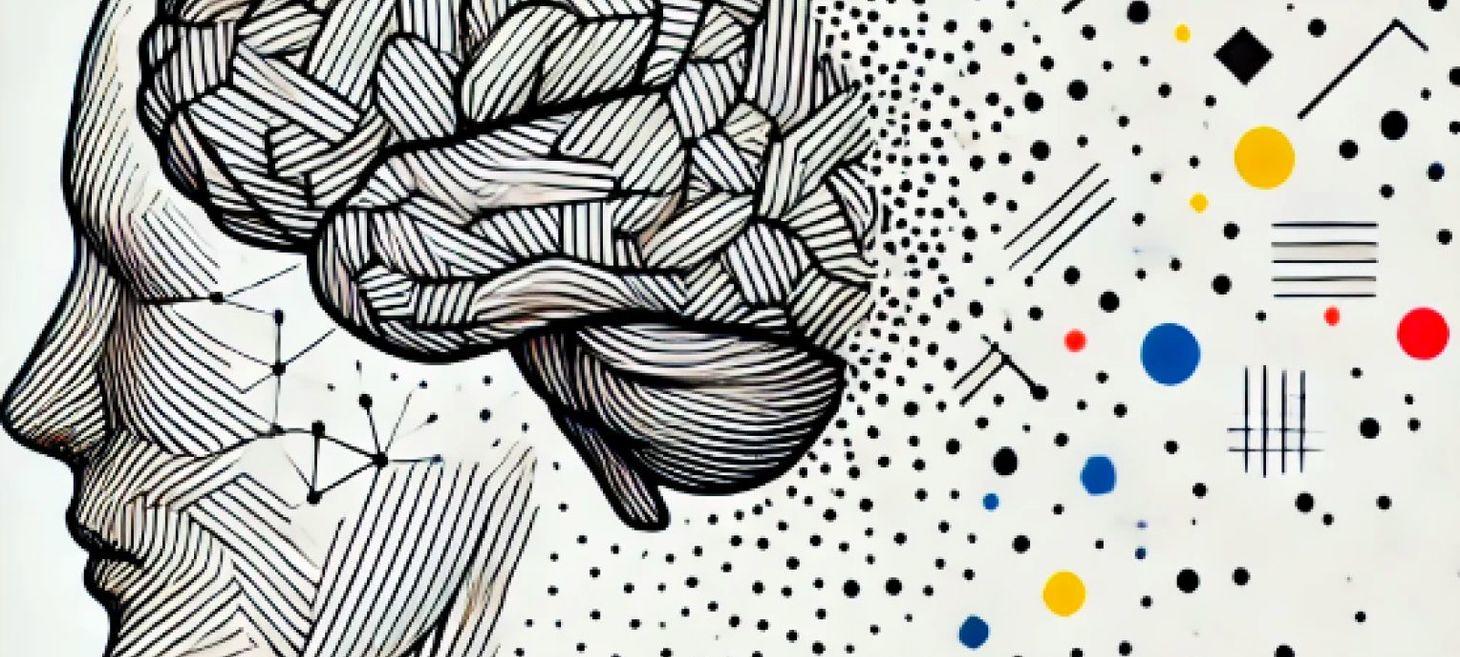
In the Post-Cognitive World, What Comes After Thinking?
This excerpt from Psychology Today explores the evolving nature of intelligence in the age of Artificial Intelligence (AI), questioning whether traditional human cognition is still the ultimate form of intellect. The author, John Nosta, posits that AI systems demonstrate intelligence without requiring the processes of thought, memory, or internal narrative that define human thinking. He suggests that cognition may be a transient phase in the development of intelligence, not its peak. The piece concludes by anticipating a future where multiple modes of intelligence—human, machine, and hybrid—coexist, fundamentally altering our understanding of what it means to "know."
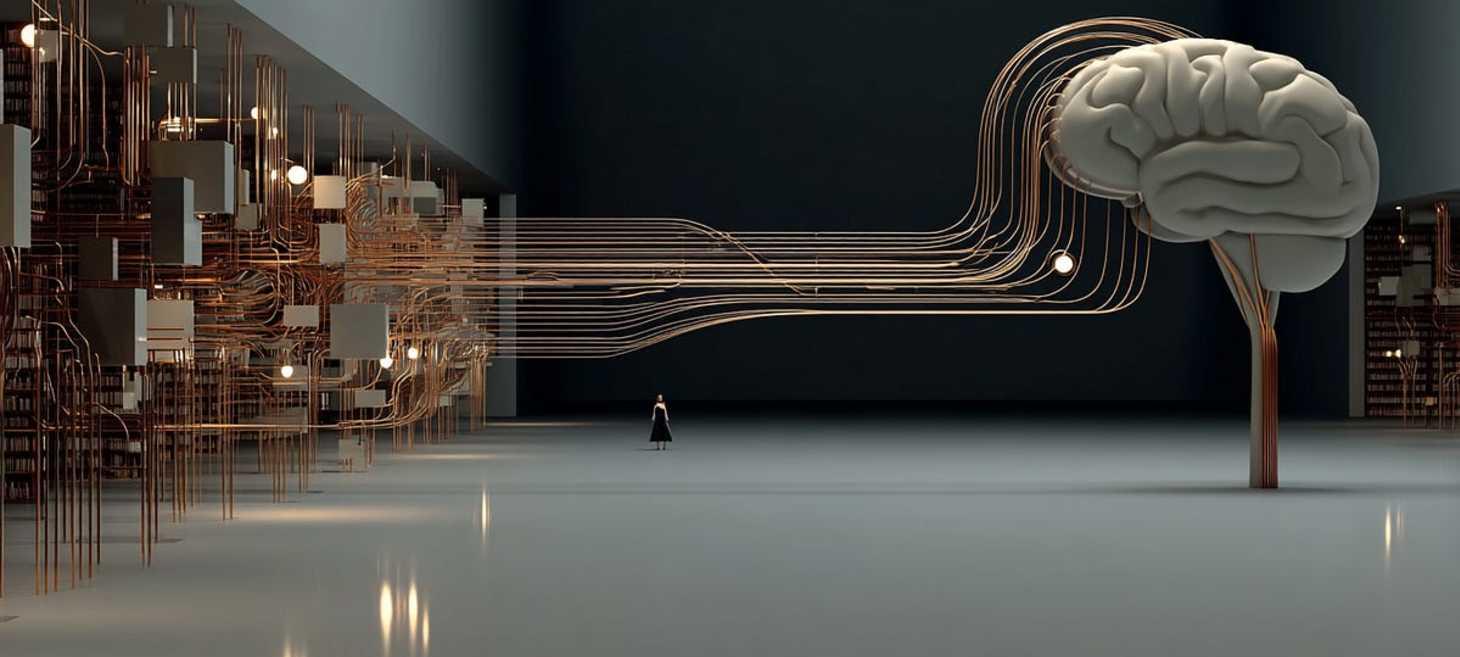
Against "Brain Damage"
Ethan Mollick’s "Against 'Brain Damage'" explores the common fear that AI negatively impacts human cognition. He argues that AI itself does not cause literal "brain damage," but rather the unthoughtful application of AI can hinder our cognitive abilities. The article highlights that in educational settings, relying on AI for answers rather than using it as a learning tool can impede knowledge acquisition. Similarly, for creative tasks, AI can generate numerous ideas, but individuals risk "anchoring" to AI suggestions and disengaging from their own unique ideation if they don't think independently first. Mollick suggests that AI's influence on collective intelligence also depends on its use, advocating for AI to enhance, rather than replace, human interaction and critical thinking. Ultimately, he concludes that preserving our thinking habits with AI requires us to "think first, write first, meet first."

How to harness your emotions to fuel creativity
In this Fast Company article, Dr. Zorana Ivcevic Pringle, a Yale researcher, explains how to leverage emotions to foster creativity. She challenges the traditional view that emotions should be excluded from professional settings, instead asserting that they provide valuable information that can spark innovation. The author outlines how different emotional states can be harnessed for specific tasks, such as using positive moods for brainstorming and critical moods for revising. Furthermore, the article suggests that individuals can generate desired emotions to improve their performance and influence others. Ultimately, Dr. Ivcevic Pringle argues that emotional intelligence in leadership is crucial for cultivating a creative and innovative work environment, leading to more engaged and productive employees.
